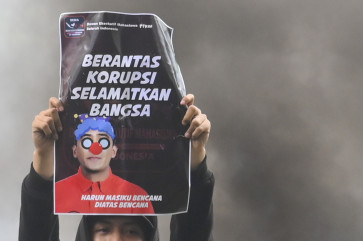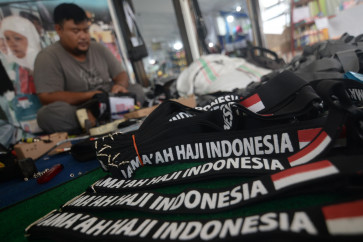Anime goes mainstream, finds home on streamers
Netflix has doubled down on its investment in Japanese-style animation movies and series and in the process is securing a place for the future of moving pictures.
Change text size
Gift Premium Articles
to Anyone
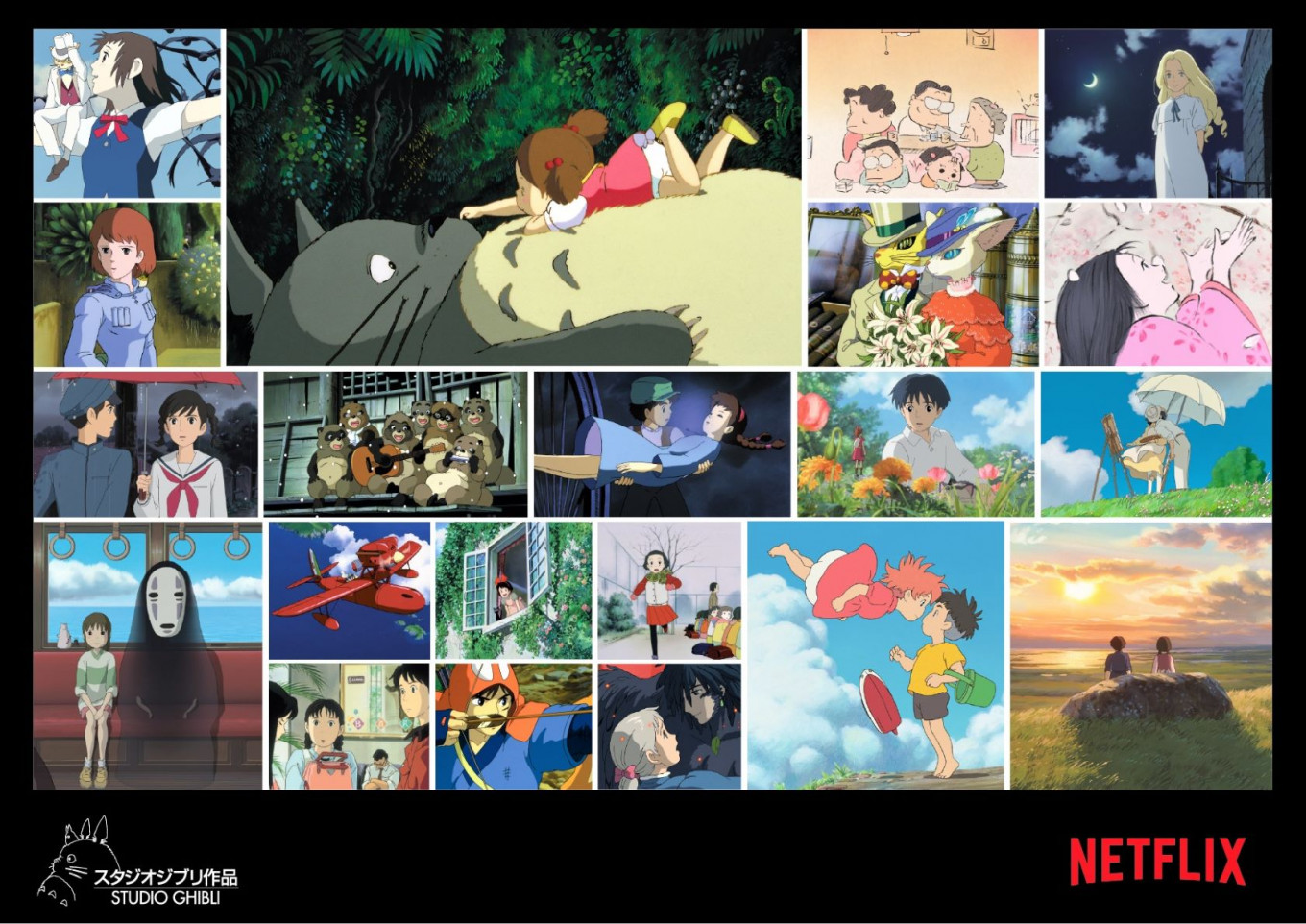
A
big fan of anime, Japanese radio DJ Hisanori “Yoppi” Yoshida would often travel to anime conventions abroad prior to the pandemic and meet Indonesian and Korean fans discussing their favorite anime in Japanese.
“Indeed, Japanese is the Latin of geek language,” he told the audience at the Netflix Anime Festival 2020 broadcast from the streamer’s Tokyo headquarters on Oct. 28.
His anecdote summed up the popularity of anime and its influence in spreading Japanese culture ingrained in the shows and, certainly, the language.
Anime – pronounced aa-ni-may – simply put, is the Japanese term for animation created either by computer or hand regardless of the style or origin. It is a generic term for cartoons, but for most people outside Japan, anime is considered a genre of its own.
Although records show that anime is thought to have originated in the early 1900s, the style of anime most people are familiar with took off in the 1960s after Osamu Tezuka’s Astro Boy broadcast in Japan and the US.
Nowadays, the anime culture and its otaku subculture – that includes computer gaming and cosplaying – have huge followings internationally, which can be seen from the high number of events and conventions worldwide.
For many years, however, global fans had relied on expensive VHS or DVD releases as better options than the limited theatrical runs and out-of-date TV series.
During the internet era, fans turned to community sites for their daily dose of anime, subtitled or not, accepting the risks of consuming illegal content.
It was a niche genre outside of Japan until global streaming platforms tapped into the promising market.
Netflix was among the first by commissioning the dystopian feature-length anime Blame! in 2016, when streaming platforms, let alone Netflix, had no presence in the Japanese market.
An adaptation of a manga of the same title published from 1998 to 2003, the Netflix Originals project hit Japanese theaters in May 2017 and at the same time reached global fans.
That was the pull factor for Takai Sakurai to join Netflix that year, the only person hired for the anime creative team based in Tokyo.
In just one year, the division grew in terms of staff members, the Netflix Anime Club in Japan was launched and the streamer got its own booth at the prominent convention Anime Japan.
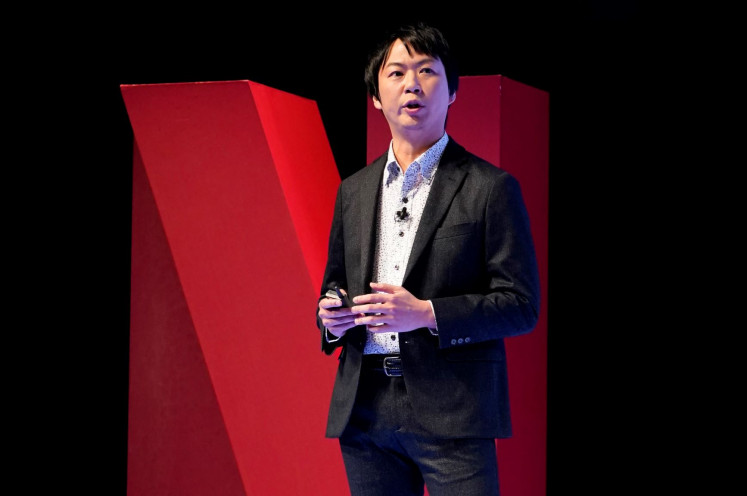
At home, Sakurai said, almost one in two households watched five hours of anime – equivalent to one season of a series – on Netflix every month.
Winning the hearts of the people in the home of anime, Netflix doubled down on its effort by expanding the size of its catalog and market.
“Our goal has been to become a global destination for anime fans. We are partnering with creators from across the world to create new and aspirational anime content,” Sakurai said at the event broadcasted worldwide through YouTube and social media platforms.
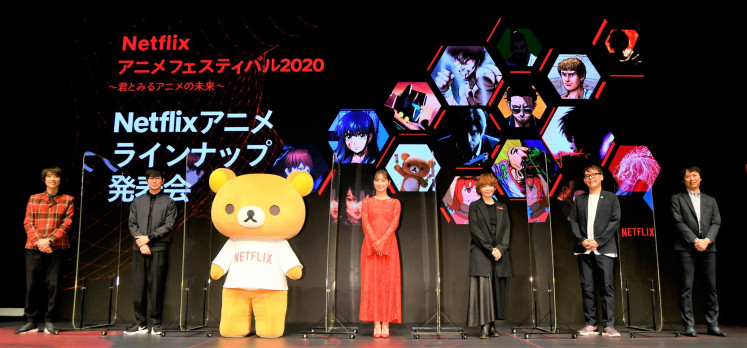
To achieve the goal, Netflix partnered with local anime studios Production I.G, bones, Anima, Sublimation, and david production during the past two years.
In early 2020, the streamer acquired 21 legendary film titles from Studio Ghibli, the Academy Award-winning Japanese art house, and announced a plan to make the films by the influential Kyoto Animation available on the service.
It also announced new deals with Japan’s production studios NAZ, Science Saru and MAPPA and South Korea’s Studio Mir as well as six manga creators and authors.
As of September, more than 100 million households around the world watch at least one anime, which is up 50 percent on the year.
As anime cuts through various content categories on Netflix, anime titles appeared in the Top 10 list of almost 100 countries this year.
Seven Deadly Sins became one of the top 10 titles among all films and series in over 70 countries, and BAKI in almost 50 countries.
During the Netflix Anime Festival, which also celebrated the fifth year of the streamer in Japan, Netflix announced 16 commissioned works in the pipeline that included five newly signed deals.
Most of the new series are joint productions with international teams, including demon slayer Trese, the work of Philippine creators Budjette Tan and KaJO Baldisimo, which was produced with Indonesia’s BASE Entertainment.
“We want to be the first choice for creators,” said Sakurai, the Netflix Anime chief producer. “We want to be the bridge connecting these talents across the globe.”
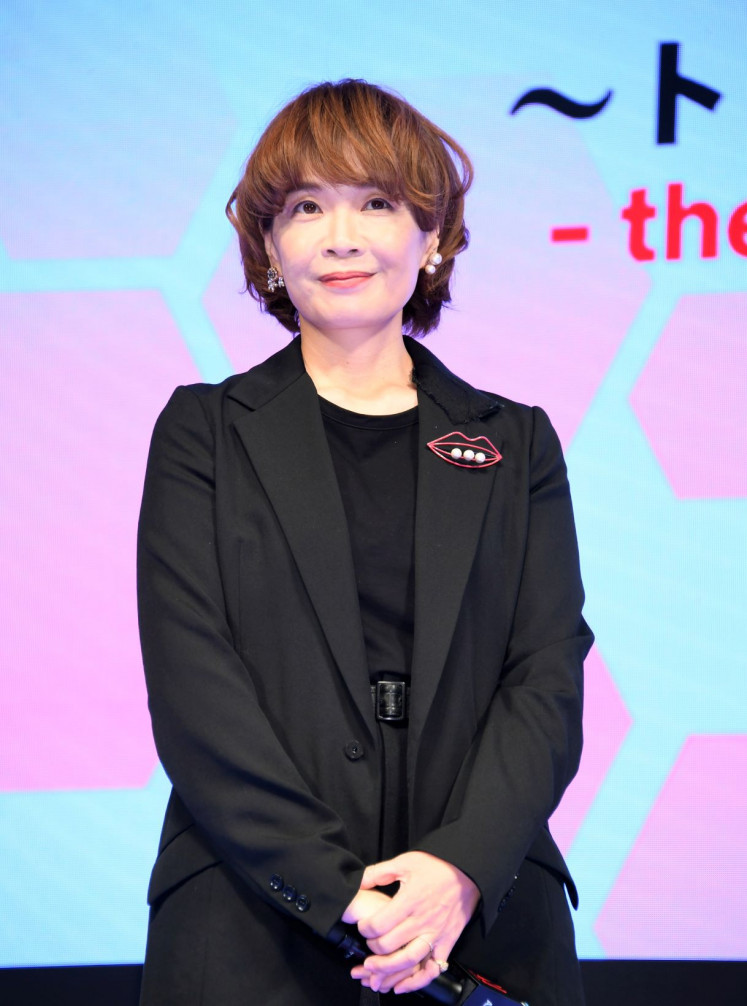
Seminal Japanese manga author/essayist Mari Yamazaki, who is among the latest to join the big Netflix projects, has seen how people in Italy, where she lived, enjoyed and could relate to the stories in the Japanese shows.
Her work Thermae Romae Novae, which is to be available on Netflix next year, was adapted from her manga, but with new episodes about Lucius, a bath designer in the Roman Empire, who accidentally slips back in time to present-day Japan and learns about Japanese communal bath culture in this comedy.
Yamazaki said the international appeal of anime made it an effective vehicle to communicate ideas and universal values to be shared with the world.
“Anime in common sense is a gate or window to the world. It is enormously powerful and it is a future in itself,” she said in the following discussion and roundtable interviews after the ceremonial event.
And the presence of global streaming platforms expedited it, she added.
“Netflix as a platform actually uniting these universal values and common ideas and bringing people together.
“[The creators’ work] automatically broadcast around the world. It is fitting in our time now, as it goes beyond traditional broadcasting [...], taking away the borders with a lot of internet possibilities,” Yamazaki said.
Another speaker, Shuichiro Tanaka of david production, concurred with Yamazaki, noting how his studio was working with talents in different countries.
“The job becomes borderless and we want to be a studio accommodating that,” he said.
With Netflix positioned as a trailblazer in creating a melting pot for creators and anime shows available in 190 countries – epitomized in its event tagline “The Future of Anime, Together” – Sakurai shared his optimism of anime to become mainstream in the entertainment industry.
“We will continue to invest in new talent and promote diversity from within.
“[The evolution of] anime [goes hand in hand with] the internet. In the future, it will be the norm. Anime will no longer be referred to as anime, people will only refer to the title of the movie or the series instead.” (ste)

